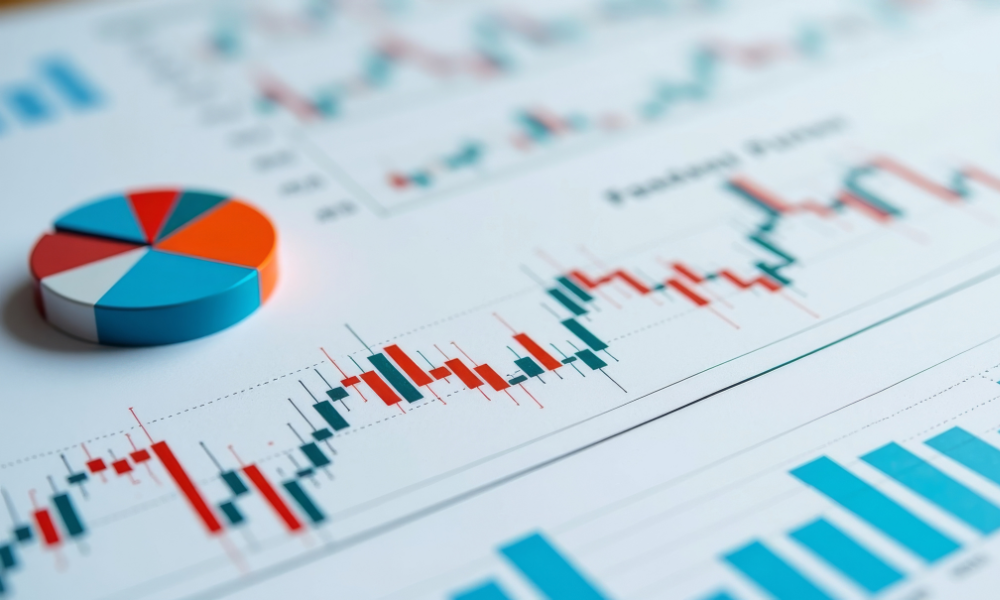Investors continue to face a number of risks, but you wouldn’t know it from the way most have reacted

Investors continue to face a number of risks in the current markets, but you wouldn’t know it from the way most have reacted. There are all kinds of geopolitical, policy and valuation risks right now but, for the most part, investors have just shrugged their shoulders throughout 2017.
For Andy Nasr, CF, Vice President, Capital Markets and Investment Strategist, Sentry Investments, this could be an attitude that leads to trouble.
“I worry that most people aren’t well diversified enough to withstand any fluctuations in the business cycle, whether it is a technical recession or even a correction in the market,” Nasr says. “I worry that if investors are not that well diversified because they assume that ‘rates are going higher’, while not distinguishing between policy rates and long-term government bond yields, and then move into equities, the chances are they are taking on too much risk.”
Debt levels have also been rising steadily since the global financial crisis and public and private market debt to GDP has never been higher, which makes ensuring portfolios are properly diversified even more crucial.
“It’s not just asset class diversification that investors need to think about, but geographic diversification, too,” Nasr says. “Given our view that we’ll see a modest uptick in inflation and interest rates, we believe that investors can still make money in fixed income but just not as much as they have in the past.”
Despite all the talk about inflated valuations, Nasr still sees opportunities in the U.S., especially in areas like financials, technology, and healthcare. However, given the current environment, he does encourage investors to be selective with each move they make.
“Valuations are expensive everywhere, both on a historical and absolute basis, but in the context of interest rates and inflation, they are not,” Nasr says. “That is the discount rate that you use to figure out ultimately what businesses are worth. What is my cost of capital and how much do I think earnings and cash flow or dividends are going to grow over the course of the next 5 – 10 years? In this low rate environment, we still think that equities are fairly valued but you definitely want to make sure that you are selective.”
In Canada, Nasr describes his approach as “picky”, although he does see some opportunity in energy infrastructure and real estate. He also sees some good opportunity in continental Europe, where he sees valuations as being a little more compelling.
“Earnings are depressed but you are probably going to see a bit of a cyclical recovery there,” Nasr says. “The economy continues to stabilize and hopefully a bit of QE tapering will support some rotation out of fixed income into equities.”
Related stories:
Why RRSP investors should rebalance away from stocks
Why Canada's tax system is at risk of being uncompetitive



